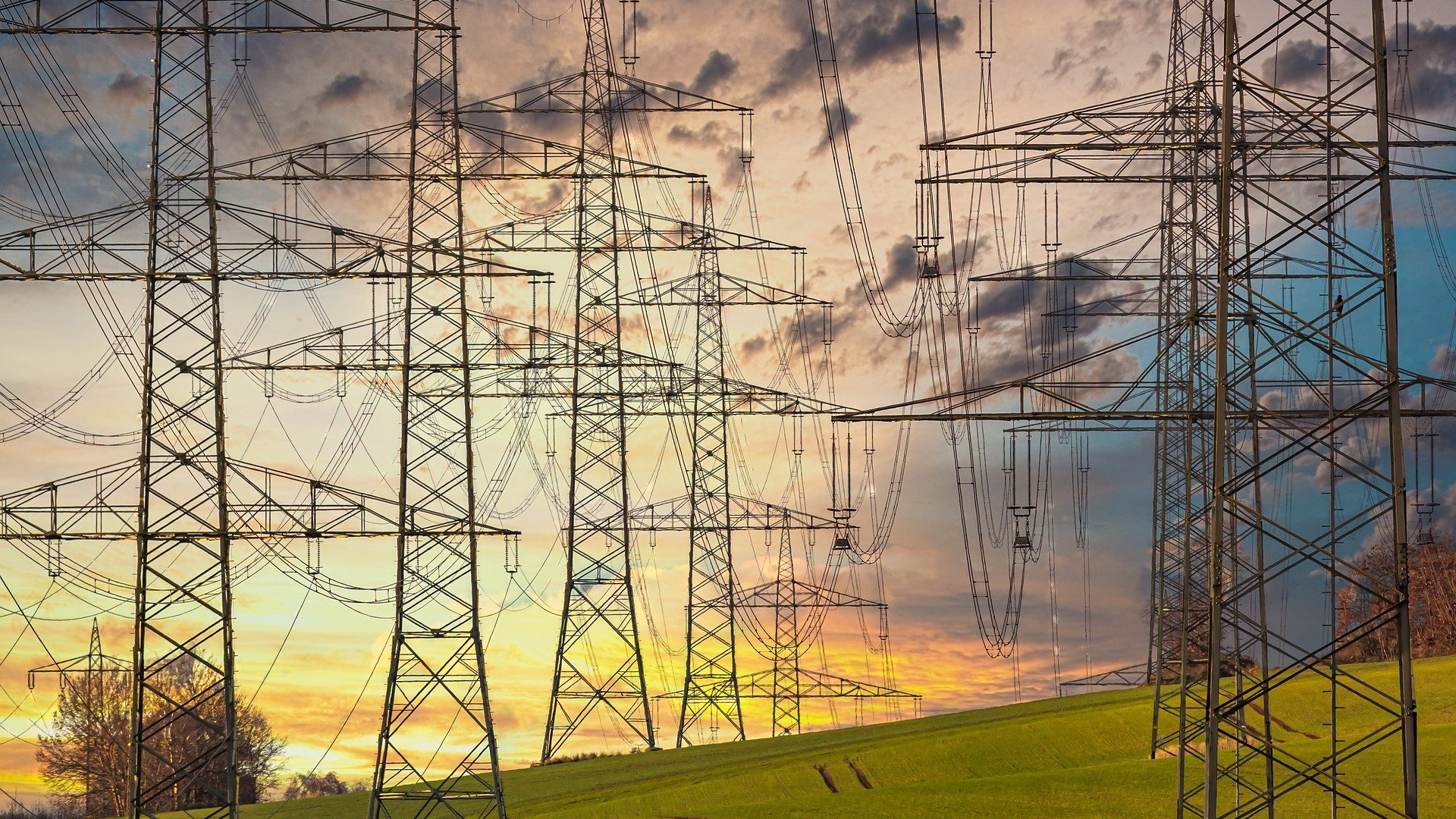- Through renewable energy projects and energy efficiency initatives, government hopes to drop as many as four stages of loadshedding.
- This will be accomplished through the goals set out in the the first Request for Proposals under the Integrated Renewable Energy and Resource Efficiency Programme (IREREP).
- This programme is expected to contribute up R1.3 trillion to SA’s GDP.
Three to four stages of loadshedding could be eradicated by renewable energy and energy efficiency initiative. That’s the word from the Minister of Public Works and Infrastructure, Sihle Zikalala.
The minister was giving an update as regards the implementation of the National Infrastructure Investment Plan on Tuesday. As part of that update, the minister announced that the first Request for Proposals under the Integrated Renewable Energy and Resource Efficiency Programme (IREREP) has been released.
“This Programme will be the largest programme for the procurement of renewable energy and resource efficiency for public facilities on the African continent. This project was gazetted as a Strategic Integrated Project (SIP28) in July 2020 as part of the Infrastructure Investment Plan which was approved by Cabinet,” said Zikalala.
Government has set a hugely ambitious goal of introducing 3 740MW of equivalent capacity through both renewable energy and energy efficiency initiatives. This is important as it doesn’t just mean government purchasing or building out solar capacity. This would likely also involve demand side reduction which calls on the public to be more energy efficient and use power more sparingly. Earlier this week Eskom said it was working to reduce demand by 1 500MW through demand side management.
With that in mind, we can assume that government is looking to add at least 2 240MW of renewable energy to the grid.
However, whether this is additional capacity or replacement for the aging fossil fuel generation fleet is unclear.
“By alleviating at least 3 740MW from the national grid through the Programme’s energy efficiency and renewable energy interventions, the Government building portfolio could potentially add the same capacity as 2 Koeberg power plants and reduce load shedding by 3 – 4 stages,” Zikalala said.
The first part of that statement suggests that these initiatives are meant to alleviate burden from the grid but in the second half it suggests that loadshedding stages will be alleviated. The key problem here is that Eskom doesn’t have the capacity needed to meet the national demand on any given day. Replacing the coal fleet of generation units with solar helps little if additional capacity isn’t being built.
The minister went on to share a projected contribution to the gross domestic product of up to R1.3 trillion. This will be accomplished through the creation of 13 100 new businesses, 503 000 jobs and skills development opportunities for some 475 000 people according to projections.
Furthermore, Zikalala projects that through the aforementioned initiatives, energy use intensity will be reduced by between 22 and 45 percent in the public sector.
According to Eskom’s most recent figures, renewables contributed 1 244MW to the national grid which accounts for roughly one stage of loadshedding.

